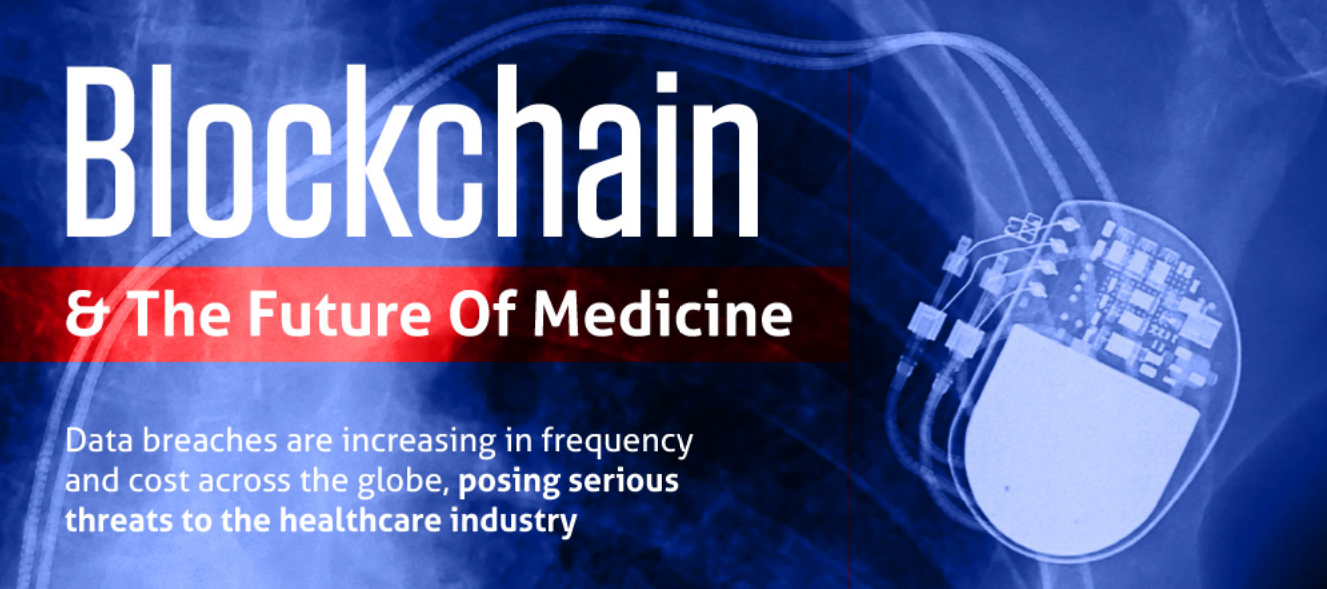Data breaches are a serious issue for many, especially for those in the healthcare industry. Data breaches increase a hospital’s 30-day mortality rate and can cost $6.5 million on average. When a breach occurs, the first year incurs 67% of costs while the second year incurs 22%. These costs are related to legal, technical, and regulatory functions (including patient notifications as well as breach detection and response); lost business caused by damage to reputations and loss of consumer trust; complexity of criminal cyberattack resolution; and duration of consequences. Smaller sized healthcare organizations can spend about $2.5 million to recover.
Q3 2021 hedge fund letters, conferences and more
The Impact Of Data Breaches On The Healthcare Industry
The healthcare industry specifically has unique security vulnerabilities that make it a profitable target for hackers. These vulnerabilities include old medical devices that are created by companies no longer in business, serious security holes in old software, a lack of cybersecurity employees working full time, and tension between cybersecurity experts and doctors. However, blockchain, which is a distributed ledger for recording transactions and tracking assets, can provide a solution to these security threats.
Blockchain can be used in wearables or remote monitoring and include benefits such as reduced errors, enhanced security, proven resilience, and enhanced transparency. By incorporating blockchain, wearables are linked to a patient hub that contains all patient health records which health professionals have access to in real-time. This simple access to patient data can prepare paramedics to accurately treat a patient when they arrive on the scene.
Telehealth is used widely today, but it comes with risks, such as a lack of security controls over the collection, use, and sharing of data as well as the ability for sensitive data to be shared with advertisers and other third parties. Blockchain can be incorporated into telehealth to store medical records in secure, fragmented systems while providing doctors with access to a more complete patient history. Blockchain-powered telehealth allows the seamless exchange of data and an increase in consumer confidence in the system.
The Benefits Of Gamification
Gamification rewards patients with cryptocurrency tokens for healthy behaviors that help strengthen, focus, and orient patients towards their goals while creating new learning opportunities. Other benefits of gamification include improved health outcomes and minimized losses for healthcare providers. Health data NFTs use non-fungible tokens to secure an individual’s health record, increasing security and preventing instances of identity theft. They can also provide patients with more control of their data.
Several companies are exploring how blockchain in healthcare can improve services and transactions. For example, Chronicled created the MediLedger Network which combines a secure messaging network between peers and a decentralized blockchain network to bridge the gap between trading partners. Curisium uses blockchain to offer a platform for rebate negotiation and contract management while Patientory offers patient-centric applications and services with features like pandemic tracking and reporting.
Organizations will be able to have a secure future by acknowledging the power of blockchain and incorporating it into their daily processes.
Infographic source: Online Medical Services














